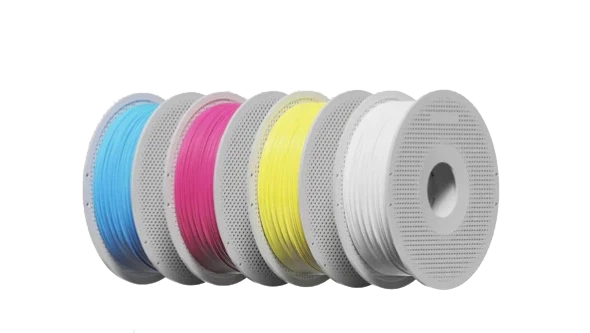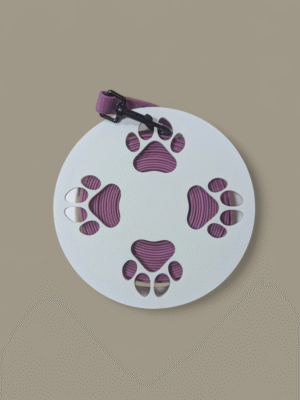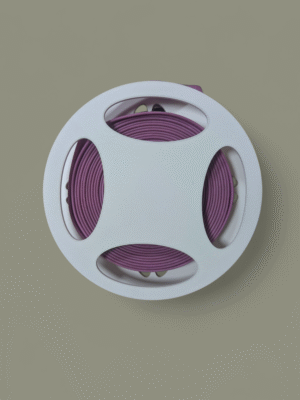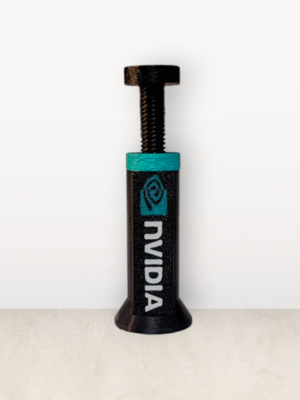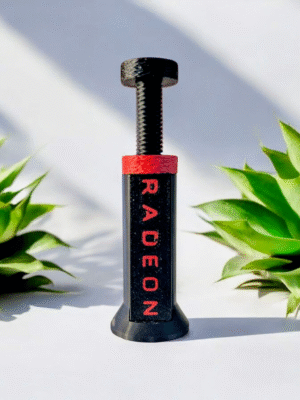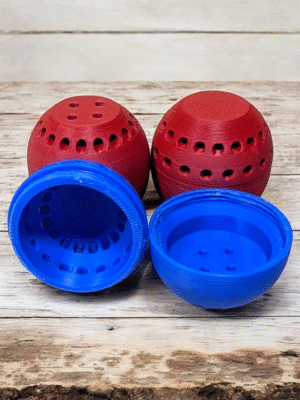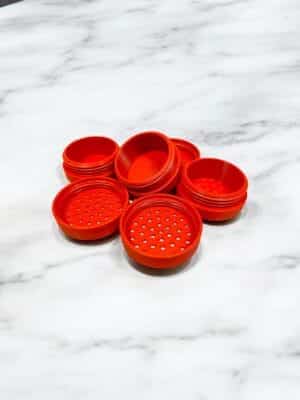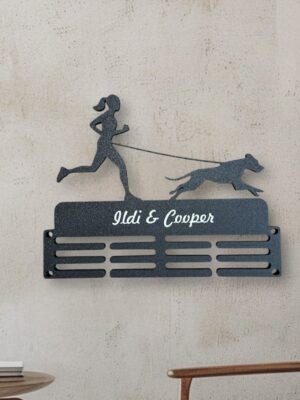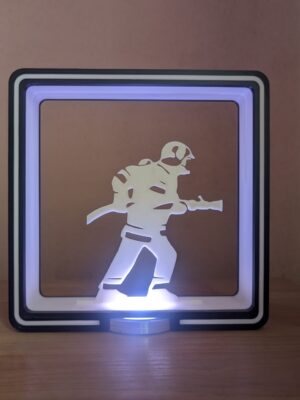The exciting world of 3D printing offers endless possibilities, but it really matters what the final product is made from. The material you use affects how durable, flexible, and even how environmentally friendly your object will be. We’ll be looking at three popular filament types: PLA, PETG, and TPU—each has its own strengths and best uses.
🟢 PLA – the simple, eco-friendly material
PLA (polylactic acid) is the most commonly used 3D printing material, and for good reason. It’s easy to work with, and one of its main advantages is being environmentally friendly. Made from corn starch, it is not a petroleum-based plastic like many other materials.
When should you use it?
For decorative items (e.g., ornaments, figurines, keychains)
When detailed appearance matters
If you don’t need it to be heat resistant (e.g., don’t leave it in a hot car)
Advantages:
Nice, smooth printed surface
Wide range of colors
Biodegradable and compostable in industrial conditions
Releases fewer harmful gases during printing
Disadvantages:
Less flexible, breaks more easily
Does not withstand high temperatures
Overall: If you need a decorative, eco-friendly, and easy-to-print material, PLA is your best friend.
🔵 PETG – the durable and reliable middle ground
PETG is a combination of PET (the plastic used in drink bottles) and glycol. This material is stronger than PLA, yet easier to handle than specialized plastics. It performs well outdoors and is a good compromise when you need a tougher print.
When should you use it?
For functional items (e.g., holders, wall hooks, household tools)
For prints intended for outdoor use
When you need longer lifespan
Advantages:
Stronger and more impact-resistant than PLA
More flexible, doesn’t break as easily
Better heat resistance (~80–85 °C)
Less prone to layer separation
Disadvantages:
Harder to print, especially sensitive to temperature and cooling
Sometimes can become “stringy” or leave a sticky surface
For the environment: While not compostable, PETG is recyclable, and its longer lifespan means less waste, making it a more responsible choice.
🟡 TPU – the flexible, playful, and shock-absorbing material
TPU (thermoplastic polyurethane) is a flexible, rubber-like filament. If you want to print objects that bend, twist, or absorb impact, this is the material for you.
When should you use it?
For flexible keychains or dog accessories
If you want to make shock-absorbing parts (e.g., cases, protective elements)
When you need a playful, “rubber-like” feel
Advantages:
Extremely flexible and durable
Anti-slip properties
Withstands repeated bending and flexing
Disadvantages:
Difficult to print: must use low speed
Printing is slower and requires more patience
Environmental aspect: Unfortunately, it’s not the most eco-friendly, but it is very durable and hard to wear out, so you rarely need to replace it.
🧾 Summary: which should you choose?
| Material | Easy to print | Flexible | Heat resistant | Eco-friendly | Best for? |
|---|---|---|---|---|---|
| PLA | ✅ | ❌ | ❌ | ✅ | Decorations, figurines, keychains |
| PETG | ⚠️ | ✅ | ✅ | ♻️ | Functional, outdoor items |
| TPU | ❌ | ✅✅✅ | ⚠️ | ❌ | Flexible, shock-resistant accessories |
🌱 Eco-conscious printing – small step, big impact
In 3D printing, it’s not just about what you make, but also how material choices affect our environment. PLA is a great choice if you’re aiming for a more sustainable approach. PETG’s long lifespan and TPU’s toughness help reduce unnecessary waste—so they can also work well as a compromise.
Choosing your material wisely not only improves the quality of your prints but also contributes to a greener future.
These products are also made from eco-friendly PLA
- 3.990 Ft Select options This product has multiple variants. The options may be chosen on the product page
- 1.990 Ft Select options This product has multiple variants. The options may be chosen on the product page
- 1.990 Ft Select options This product has multiple variants. The options may be chosen on the product page
- 1.790 Ft Select options This product has multiple variants. The options may be chosen on the product page
- 1.490 Ft Select options This product has multiple variants. The options may be chosen on the product page
- 2.590 Ft Choose option This product has multiple variants. The options may be chosen on the product page



